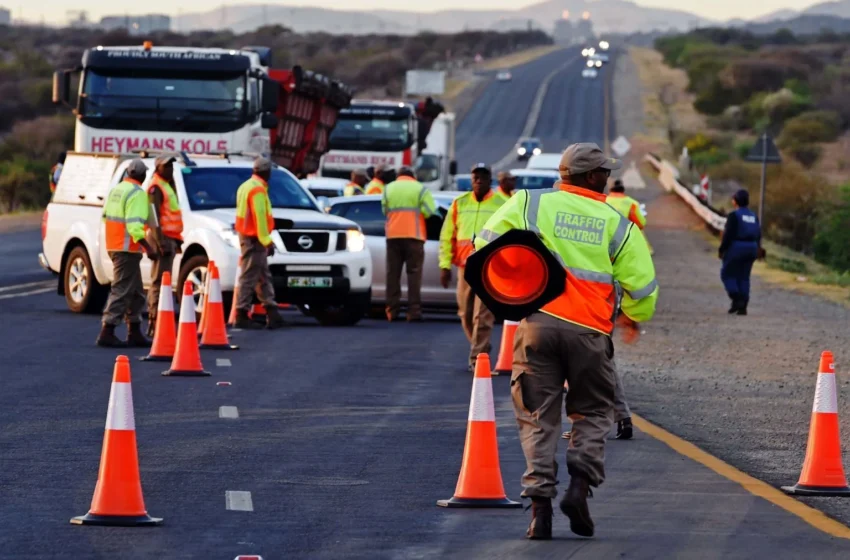South Africa’s AARTO demerit system set to begin — launch date, other details to know as a driver

South Africa’s AARTO demerit system kicks off October 2025—what drivers need to know before points hit their licences
The Administrative Adjudication of Road Traffic Offences (AARTO) demerit system will officially begin on 1 October 2025, marking a major shift in how traffic violations are handled.
Initially launched in 69 municipalities, including major metros like Johannesburg and Cape Town, the roll‑out then expands to remaining regions in February 2026, with full nationwide application by September 2026.
This staggered timeline allows for infrastructure upgrades and educational campaigns before the more punitive phase begins.
What Drivers Will Experience: Elective System in December 2025
Starting December 2025, South African drivers will experience the AARTO elective system, where every infringement triggers a structured response within 32 days:
-
Early settlement with a 50% discount
-
Formal objection or representation
-
Nominate another liable driver (if applicable)
-
Installment payment options
-
Redirect the infringement, such as to a rental company
Failure to respond leads to restricted licence or vehicle renewal, a measure even applicable for public transport operators.
The Demerit Point System Goes Live in September 2026
From 1 September 2026, the demerit point structure takes effect:
-
Learner drivers face suspension at 6 points (minimum 3-month ban)
-
Fully licensed drivers will lose licences after 15 points
-
Point assignment is offence-specific, ranging from:
-
1 point for minor violations (e.g., failing to indicate)
-
Up to 6 points for serious offenses like drunk driving or reckless behaviour.
-
Points expire 3 months after the offence, but suspensions depend on the cumulative point total within that window.
Timeline & Roll-Out Summary
| Phase | Date | Coverage |
|---|---|---|
| Elective system | Dec 2025 | 69 municipalities — early resolving of infringements |
| Point system launch | 1 Sept 2026 | Nationwide, with licence suspensions triggered |
Why AARTO and Why Now?
-
Standardisation: Shifts from inconsistent paper tickets to a uniform electronic system across cities
-
Safety: Deputy Minister Mkhuleko Hlengwa noted that human error causes 80% of accidents, arguing that AARTO brings behavioural accountability.
-
Transparency: Drivers receive automatic notification of offences with clear next steps—reducing contentious delays
Criticisms, Concerns & Controversies
Despite its goals, AARTO faces strong opposition from groups like OUTA and the AA, who question whether the system is safety-driven or revenue-focused:
-
Insufficient pilot data: Critics argue there’s a lack of independent effectiveness studies demonstrating accident reduction
-
Administrative complexity: The system requires robust municipal infrastructure, prone to technical delays
-
Potential for abuse: Concerns persist around unfair ticketing, especially with automated enforcement without on-the-spot adjudication or recourse.
What Drivers Should Do Right Now
-
Stay informed: Check local municipality AARTO readiness—especially if outside the 69 selected districts
-
Respond fast: You’ll have only 32 days to take action once you get a notice
-
Weigh your options: Early settlement is cheaper, but disputing may be better if the notice is incorrect
-
Track your points: Use the RTIA website or authorised vendors to monitor your point standing
-
Plan ahead: If nearing 15 points, avoid habits that could push you into suspension territory
The Final Word
South Africa’s long-awaited AARTO rollout aims to create better accountability and safer roads by pairing technology with standardized enforcement. Its phased introduction—from electronic notices to the full demerit system—offers drivers time to adapt. But the critical challenge lies in executing it fairly and transparently.
For now, drivers must park complacency, embrace the new system and make informed decisions. When carefully enforced, AARTO could improve road discipline. But without safeguards, there’s a real risk it becomes just another bureaucratic burden—or worse, a cash cow—understaffed and under-watched.

